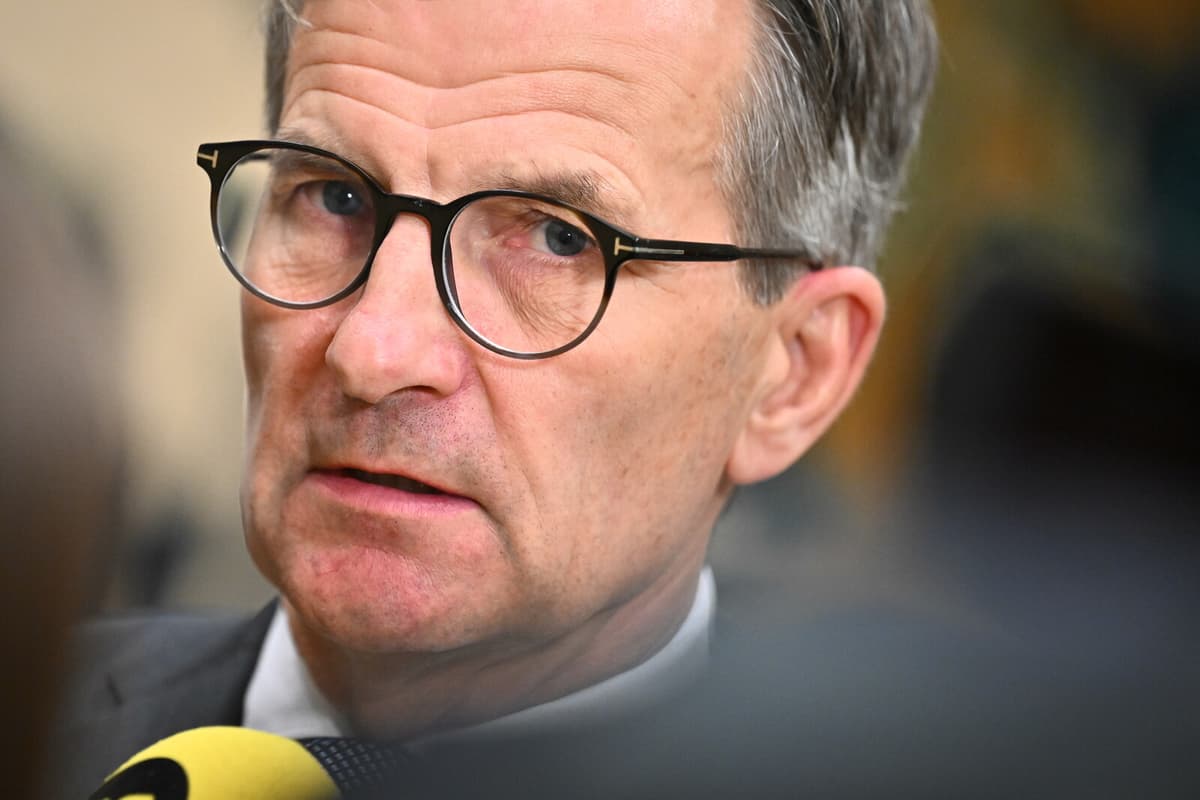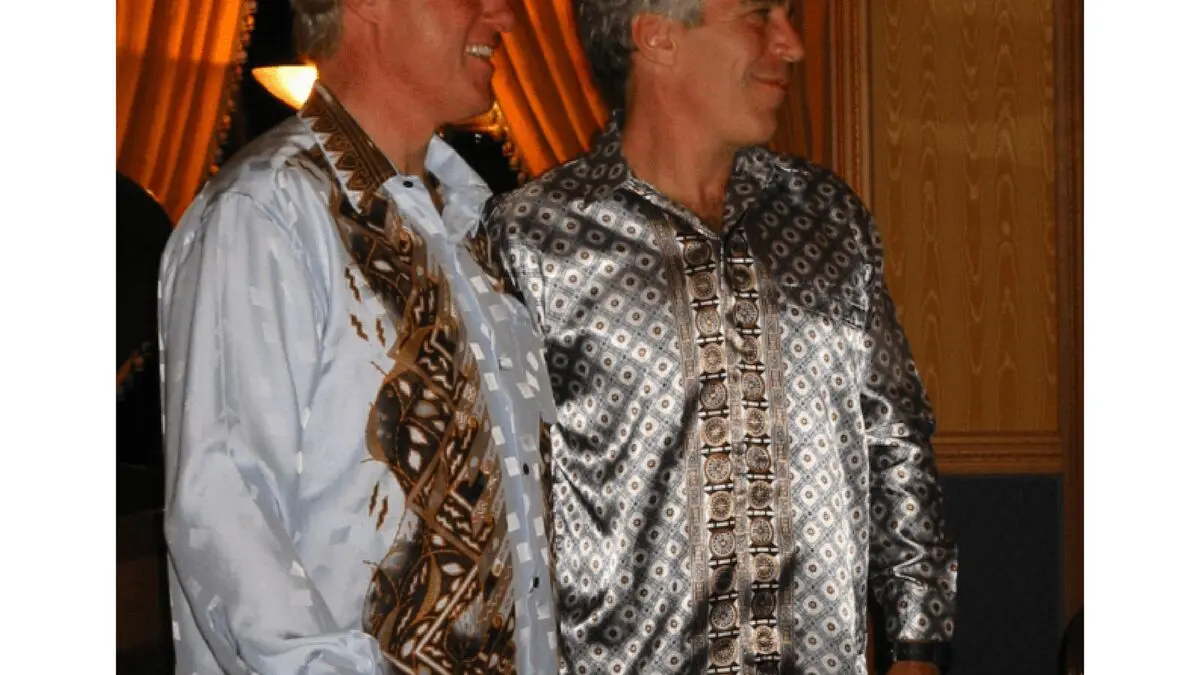According to economists, the new inflation figure suggests that the Swedish Central Bank will now wait to lower interest rates. But the central bank governor warns against over-interpreting individual figures.
It's too early to say if this is a trend and if it will affect our inflation outlook. I think it's far too early to say. The Swedish Central Bank doesn't react to individual outcomes, says Thedéen.
We'll take in this figure, and we'll get another figure before the next interest rate decision.
To some extent, the figure is due to the so-called base effect, i.e., the composition of the inflation measure changes in January every year.
But it's not just technical effects; there are parts of this that are real inflation, says Erik Thedéen.
More expensive food
Inflation rose as expected to 2.2 percent in January according to the KPIF measure, reports the Statistics Sweden (SCB).
Higher rents and higher prices for food and restaurant visits were behind the increase, according to SCB.
Coffee, tea, and cocoa were the commodity group within food that rose the most in price, 3.6 percent compared to December.
SEB's chief economist Jens Magnusson says that the rising food prices are certainly significant for consumers.
It's an important component for households and one of the parts that are hardest to avoid or circumvent.
Even if the private wallet is affected by rising rents and food prices, Magnusson doesn't think that the Swedish Central Bank's interest rate prognosis will be affected. Partly due to the base effect.
Now it turns out that the base effect was quite large and different from last year. And that makes the Swedish Central Bank a bit calmer, says Jens Magnusson.
At the Swedish Central Bank's latest interest rate decision at the end of January, when the repo rate was lowered by 0.25 percentage points to 2.25 percent, the message was that there are no more rate cuts in sight.
Interest rate cuts
Alexandra Stråberg, chief economist at Länsförsäkringar, emphasizes that the higher prices for certain goods and services mean that the underlying inflation pressure is still higher than normal.
To get an answer to that, she believes that we also need to wait for the outcome of the coming months.
When we have an underlying core inflation that is closer to 3 percent than 2 percent, then it's clear that the Swedish Central Bank can't lower, then they will pause the interest rate cuts, she says.
According to Alexandra Stråberg, it is still possible with interest rate cuts in May or June, provided that inflation would start to decrease.
Facts: KPIF inflation
TTTT
The KPIF measure, where the effects of mortgage rates are excluded, is the measure that the Swedish Central Bank looks at primarily ahead of upcoming interest rate decisions.
The Swedish Central Bank's target is an inflation rate of 2 percent.
In January, the KPIF inflation rate was 2.2 percent and in December 1.5 percent.





